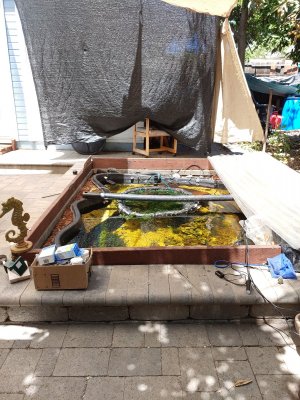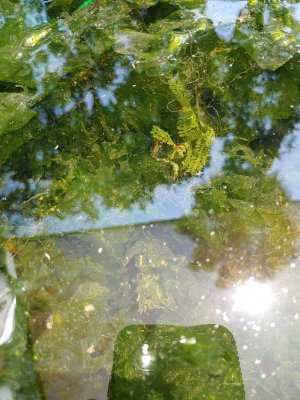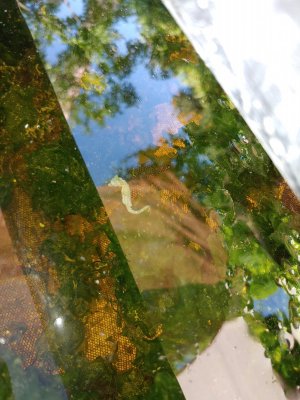- Joined
- Mar 5, 2018
- Messages
- 23
- Reaction score
- 23
I have read copious amounts of books and literature on Dwarf Seahorses and brine shrimp (Artemia) where some authors say hydroids can sometimes be introduced into our tanks from brine shrimp cysts. I have always questioned this belief due to the different environments where they exist and breed. I’m sure hydroids would have difficulty surviving in the hyper-saline lakes common to brine shrimp sources. I have asked about this on a couple of other forums where the view was mixed. One responder said he could find no evidence of a dry form of hydroid. A few days ago I decided to ask the worldwide Hydrozoan Society https://www.hydrozoa.org/ if there was any possibility that Artemia cysts could carry the hydroids to our aquariums. I just got this response from an officer of the society: “It is impossible for hydroids to come from Artemia cysts. I agree that snails and macro-algae are the source”. Of course it is very true that hydroids consume Artemia, so an explosion in hydroids will happen with this almost unlimited food source if there are any hydroids in our tanks. Most hobbyists have multiple tanks with several species of algae, snails, crabs and other fish, so cross contamination is likely the culprit. Personally I have no aquariums which contain anything other than Dwarf seahorses and I have never had hydroids. I did get a couple small anemone larvae with my last batch of captive bred Dwarf seahorses. They grew to about 1cm before I noticed them. So even captive bred seahorse sources can introduce freeloaders into our tanks!


















